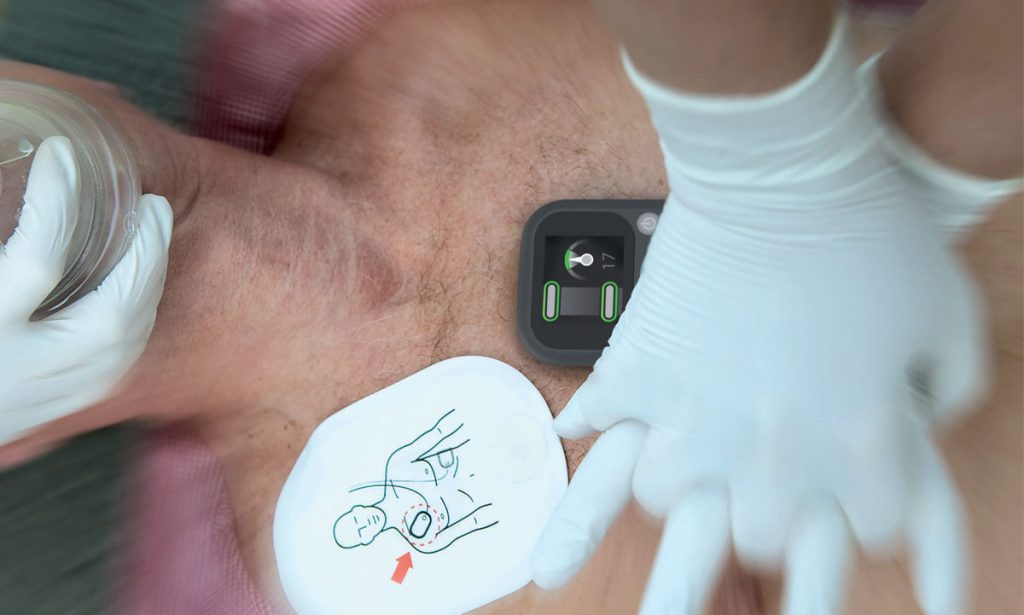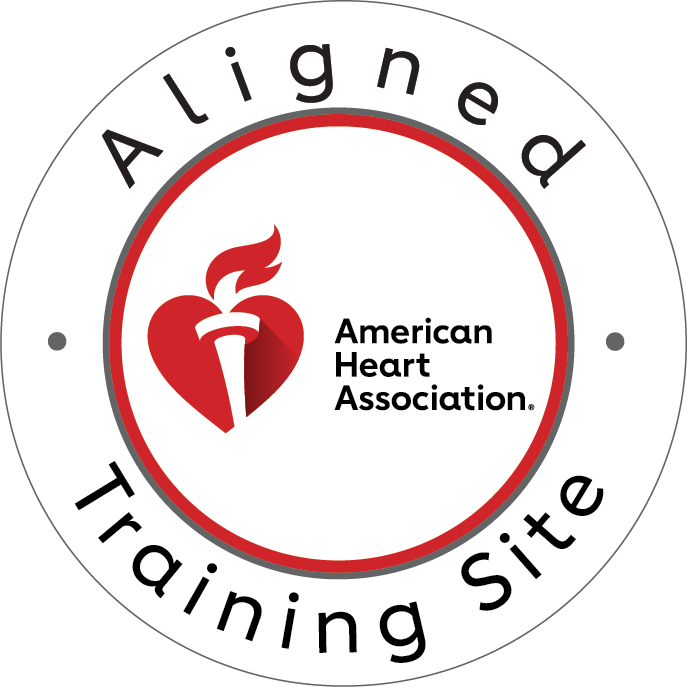Cardiopulmonary resuscitation (CPR) effectiveness depends on precise measurements of compression fraction and chest recoil. Modern technology has revolutionized how medical professionals monitor and improve CPR quality through sophisticated feedback devices. Understanding these measurement tools is crucial for healthcare providers seeking to optimize patient outcomes during cardiac arrest situations.
Understanding Chest Compression Fraction in CPR
Chest compression fraction (CCF) represents the percentage of time during a resuscitation attempt when chest compressions are actively being performed. This critical metric directly correlates with survival rates in cardiac arrest patients. The calculation involves dividing the total compression time by the overall resuscitation duration, multiplied by 100.
Healthcare providers have recognized that maintaining continuous chest compressions is essential for adequate blood flow to vital organs. The American Heart Association emphasizes that achieving an 80% CCF has been shown to increase survival by up to 300%. This statistic underscores why accurate compression fraction measurement has become a priority in emergency medical care.
Traditional methods for measuring compression fraction involved manual stopwatch timing, which proved unreliable and prone to human error. Modern devices now provide real-time feedback, allowing medical teams to adjust their technique immediately during resuscitation efforts.
What is Chest Recoil During Compressions?
Chest recoil refers to the complete return of the chest wall to its normal position between compressions during CPR. This physiological process is equally important as the compression phase because it allows blood to refill the heart chambers, preparing for the next compression cycle.
Chest recoil is one of the most essential yet frequently overlooked components of effective cardiopulmonary resuscitation (CPR). When providers lean on the chest or fail to allow complete recoil, they impede venous return and reduce the effectiveness of subsequent compressions.
Proper chest recoil ensures optimal coronary perfusion pressure during the relaxation phase of CPR. Without adequate recoil, blood flow to the heart muscle itself becomes compromised, potentially reducing the chances of successful resuscitation.
Optimal Compression Fraction Standards
Research consistently demonstrates that higher compression fractions correlate with improved patient outcomes. The current standard recommends maintaining a compression fraction of at least 60%, though many experts advocate for achieving 80% or higher when possible.
Several factors influence compression fraction performance, including team coordination, equipment setup time, and interruptions for rhythm analysis. These numbers aren’t arbitrary—they’re backed by research linking higher CCFs to significantly improved survival rates.
Healthcare facilities implementing compression fraction monitoring have observed significant improvements in their resuscitation quality metrics. Teams that regularly review their compression fraction data tend to develop better coordination and minimize unnecessary interruptions during CPR.
Measuring Chest Recoil in CPR
Complete chest recoil typically occurs when the chest wall returns to within 2.5 millimeters of its baseline position. Modern feedback devices can detect incomplete recoil and provide immediate audio or visual alerts to the CPR provider.
The measurement of chest recoil involves sophisticated accelerometer technology that monitors the chest wall’s movement throughout the compression-recoil cycle. These devices can calculate recoil velocity and determine whether providers are allowing adequate time for complete chest wall expansion.
Studies have shown that incomplete recoil is a common problem, even among experienced healthcare providers. Fatigue, poor technique, or inadequate training can all contribute to suboptimal recoil performance during extended resuscitation efforts.
Top Devices for Compression Fraction & Chest Recoil Measurement
Advanced Defibrillator Systems
Modern defibrillators incorporate sophisticated algorithms that automatically track compression fraction and chest recoil metrics. These devices use built-in accelerometers and pressure sensors to provide comprehensive CPR quality feedback.
Leading manufacturers have developed integrated systems that display real-time compression fraction data on the defibrillator screen. Healthcare providers can monitor their performance continuously and make immediate adjustments to improve quality.
Dedicated CPR Feedback Devices
Standalone feedback devices specifically designed for compression fraction and chest recoil monitoring offer specialized features beyond basic defibrillator capabilities. Chest Compression Feedback Devices are advanced medical devices designed to improve the quality of cardiopulmonary resuscitation (CPR). These devices provide real-time feedback on various aspects of chest compressions, such as compression depth, rate, chest recoil, and hand position.
These devices typically feature wireless connectivity, allowing data transmission to monitoring systems or mobile applications for post-event analysis. The immediate feedback helps providers maintain optimal compression fraction and chest recoil throughout the resuscitation attempt.
Smartphone-Based Monitoring Systems
Emerging technology has introduced smartphone applications capable of measuring compression fraction and chest recoil through built-in sensors. While not yet widely adopted in clinical settings, these systems show promise for training and basic monitoring applications.
The accessibility and cost-effectiveness of smartphone-based systems make them attractive for smaller healthcare facilities or training programs with limited budgets. However, validation studies are still ongoing to establish their clinical reliability.
Benefits of Real-Time Compression Fraction & Chest Recoil Monitoring
Healthcare teams using real-time monitoring devices report improved coordination and communication during resuscitation efforts. The immediate feedback helps providers maintain consistent quality throughout extended CPR sessions.
Measuring chest compression fraction involves analyzing data from monitoring devices, which include CPR feedback devices, automated external defibrillators (AEDs), or other advanced monitoring tools. This technology enables evidence-based improvements in resuscitation protocols and individual provider performance.
Post-event data analysis allows healthcare facilities to identify patterns in compression fraction and chest recoil performance. This information guides targeted training initiatives and quality improvement programs.
Implementation Considerations for Healthcare Facilities
When selecting devices for compression fraction and chest recoil measurement, healthcare facilities should consider factors such as ease of use, data management capabilities, and integration with existing equipment. Training requirements and ongoing maintenance costs also play important roles in the decision-making process.
Successful implementation requires comprehensive staff training and regular competency assessments. Healthcare providers need to understand both the technical aspects of the devices and the physiological principles underlying compression fraction and chest recoil.
Future Developments in CPR Quality Monitoring
Artificial intelligence and machine learning technologies are beginning to influence CPR quality measurement devices. These advances promise more sophisticated analysis of compression fraction and chest recoil patterns, potentially identifying subtle quality issues that current systems might miss.
Augmented reality systems are being developed to provide visual feedback overlays during CPR training and actual resuscitation events. This research will enhance an augmented reality headset used to provide real-time feedback on pediatric chest compressions.
Conclusion
Accurate measurement of compression fraction and chest recoil has transformed modern CPR quality assessment. Healthcare providers now have access to sophisticated tools that provide real-time feedback and comprehensive data analysis capabilities. These devices enable evidence-based improvements in resuscitation techniques and ultimately contribute to better patient outcomes.
The investment in compression fraction and chest recoil monitoring technology represents a commitment to excellence in emergency medical care. As these devices continue to evolve, they will undoubtedly play an increasingly important role in optimizing CPR quality and saving lives.
Take Action: Enhance Your CPR Skills Today
Ready to master the latest techniques in high-quality CPR? CPR Nashville is an American Heart Association training site that offers comprehensive certifications in BLS for Healthcare Providers, ACLS, PALS, and CPR and First Aid courses. Our stress-free, hands-on training approach ensures you develop the skills needed to achieve optimal compression fraction and chest recoil.
Whether you need CPR certification in Louisville or BLS certification in Louisville, our expert instructors provide the best CPR training in Louisville. Contact CPR Nashville today to schedule your certification course and learn how to use the latest compression fraction and chest recoil monitoring devices effectively.





